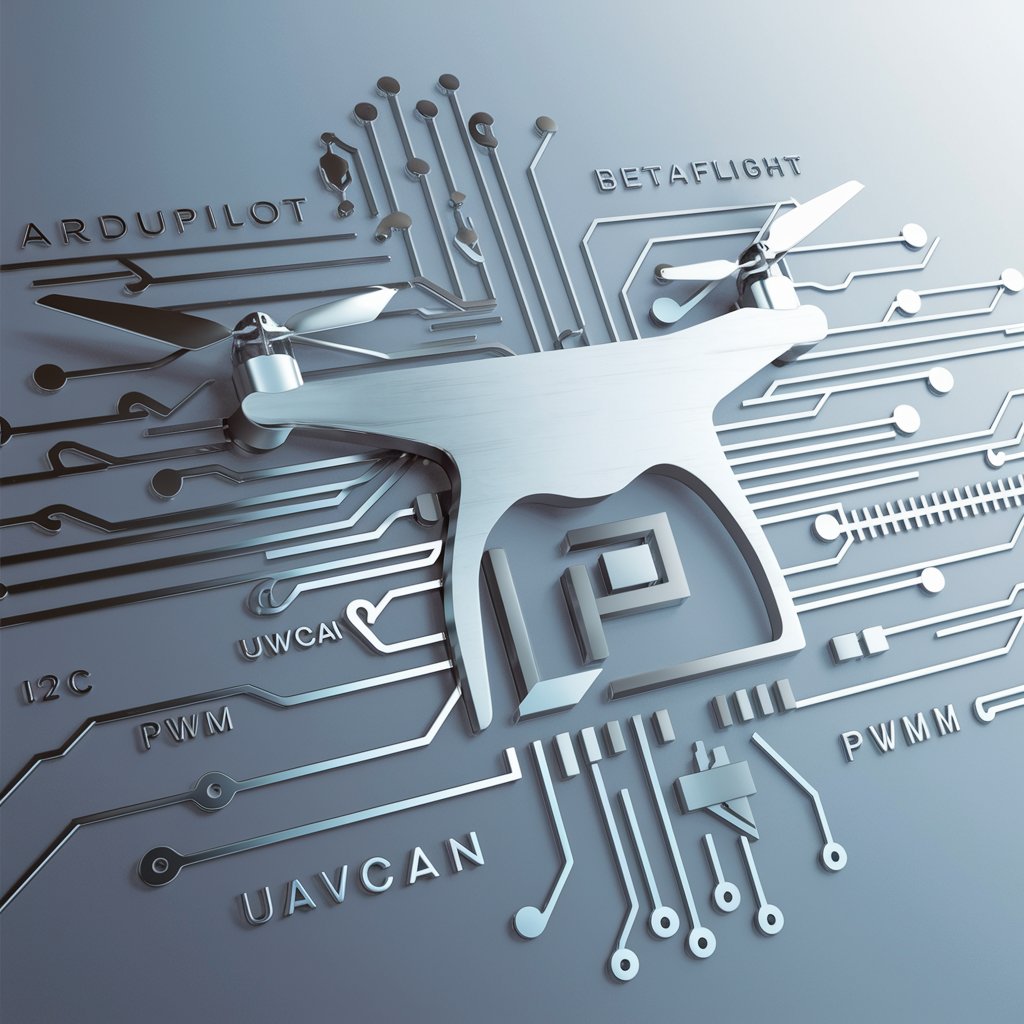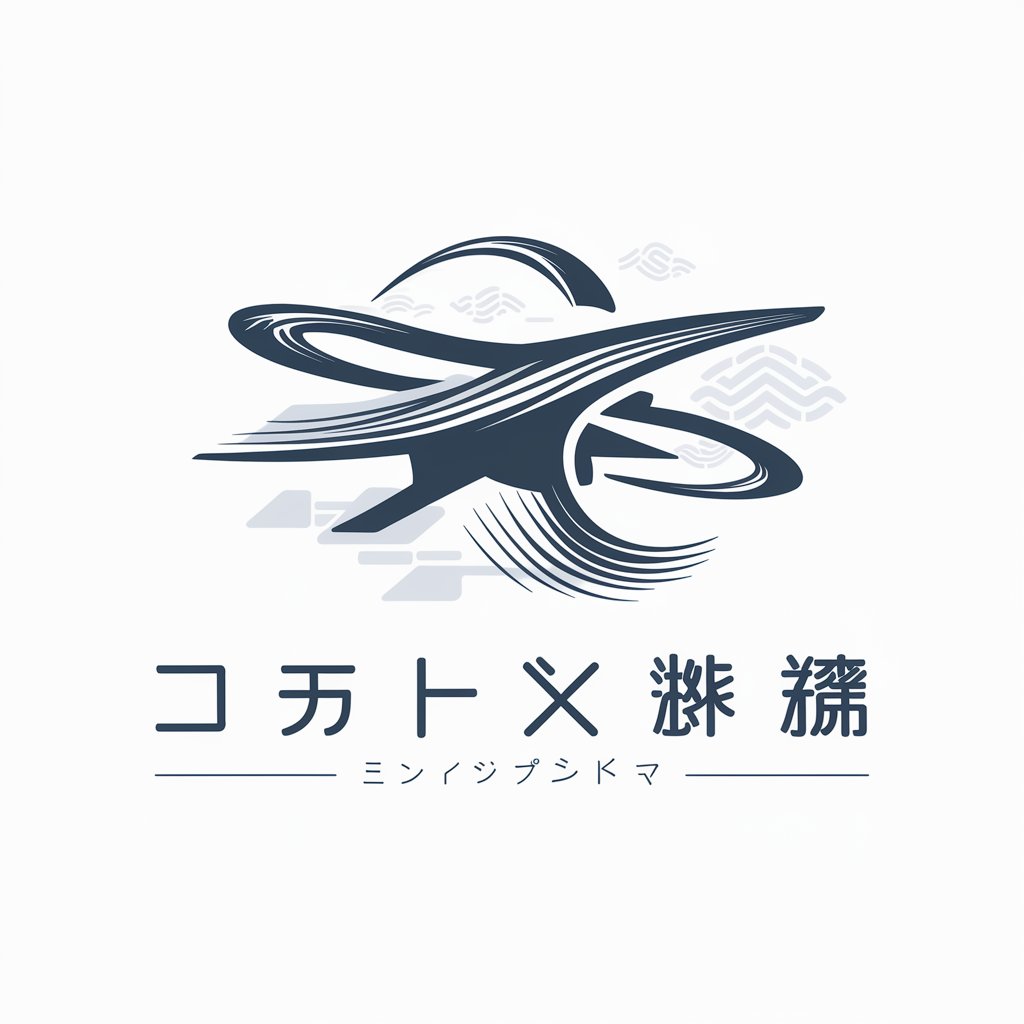
Global Reforestation Drone Initiative Expert - AI-Driven Reforestation Aid
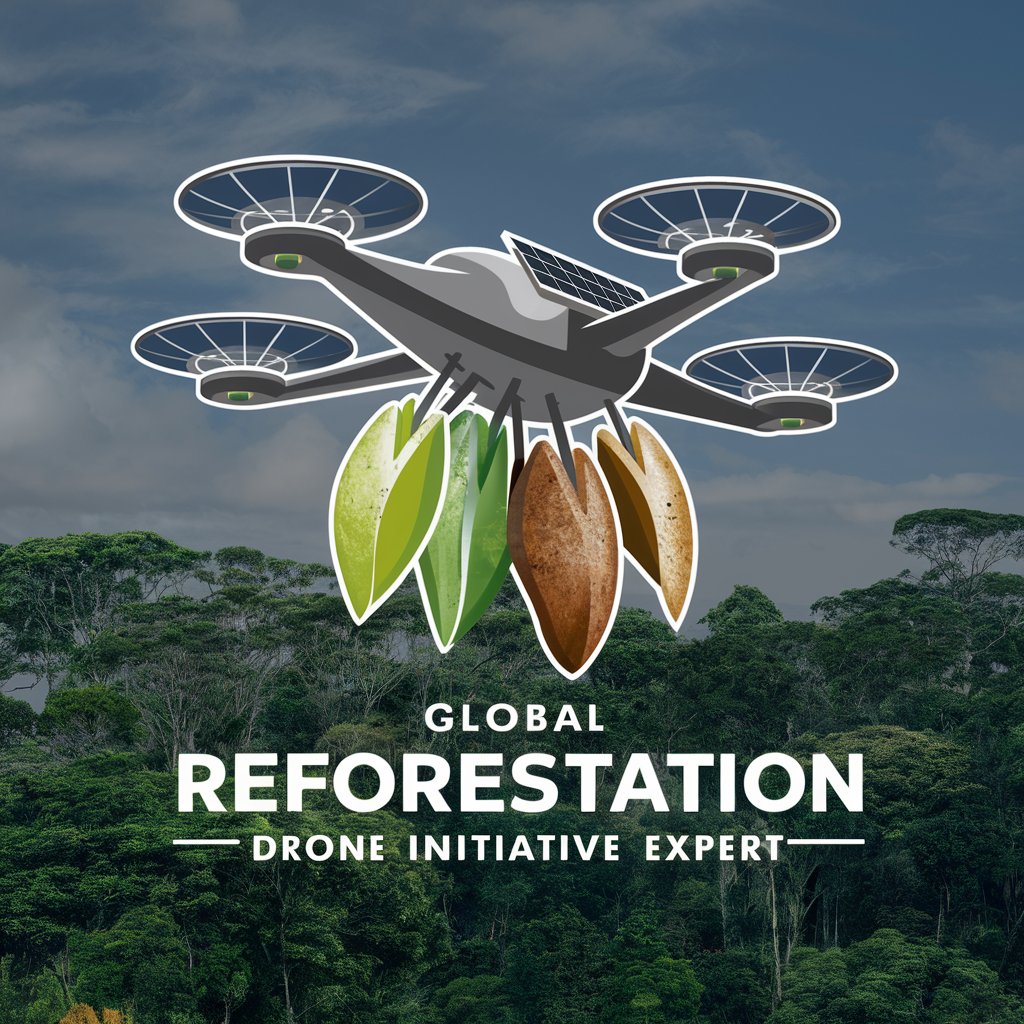
Welcome! Let's innovate reforestation with drone technology.
Revitalizing Forests with AI-Powered Drones
Explain the importance of using native species in reforestation efforts...
Describe the benefits of solar-powered drones in reforestation projects...
How can community involvement enhance the success of drone-assisted reforestation?
Discuss the operational logistics required for large-scale drone reforestation...
Get Embed Code
Overview of Global Reforestation Drone Initiative Expert
The Global Reforestation Drone Initiative Expert is designed to provide specialized knowledge and strategies for implementing drone-based reforestation projects. The primary focus is on enhancing the efficiency and scope of tree planting operations globally through advanced drone technology. This includes guidance on the design of drones and seed pods, selection of suitable planting sites via data analysis, and the operational logistics necessary for large-scale deployments. An example scenario is the use of this expertise to assist a non-profit organization in deploying solar-powered drones that plant native species in deforested areas of the Amazon, optimizing the reforestation impact while minimizing ecological disturbance. Powered by ChatGPT-4o。

Core Functions of Global Reforestation Drone Initiative Expert
Drone and Seed Pod Design Advice
Example
Advising on the design of biodegradable seed pods that can house multiple seed types and nutrients, ensuring higher germination rates.
Scenario
A tech startup is developing a new drone model for planting in arid regions; they use the expert's guidance to create pods suited to harsh environments, significantly improving survival rates of planted seeds.
Data Analysis for Site Selection
Example
Using satellite imagery and ecological data to identify optimal planting sites that maximize survival rates and ecological benefits.
Scenario
An environmental NGO uses the expert's analysis to select areas in Northern California that have been devastated by wildfires, targeting drone planting efforts to aid in rapid ecosystem recovery.
Operational Logistics Planning
Example
Developing detailed operational plans for drone fleet management, including scheduling, flight paths, and maintenance cycles.
Scenario
A government agency coordinates with the expert to deploy a fleet of drones across a large national park, ensuring that drones are efficiently reseeded and maintained for continuous operation over several months.
Community Engagement Strategies
Example
Facilitating workshops and training sessions for local communities to involve them in monitoring and maintaining newly reforested areas.
Scenario
Partnering with a local community in Southeast Asia to train residents in drone operation and maintenance, fostering long-term stewardship of the reforested land.
Target User Groups for Global Reforestation Drone Initiative Expert
Environmental NGOs
Non-profit organizations focused on ecological restoration can utilize the expert's services to efficiently scale their reforestation efforts, ensuring that drone technologies are adapted to specific ecological and geographical needs.
Government Environmental Agencies
These agencies can benefit from comprehensive planning, deployment, and maintenance strategies for national reforestation programs, integrating drone technology into their existing conservation efforts to enhance effectiveness and reach.
Tech Startups in Environmental Sector
Innovative companies developing environmental technologies can leverage expert advice to refine drone designs and operational models, ensuring their products are ecologically beneficial and commercially viable.
Academic Institutions and Researchers
Universities and research institutions studying environmental science and forestry can collaborate with the expert to test new theories and applications in drone-assisted reforestation, contributing to academic knowledge and practical conservation techniques.

How to Use Global Reforestation Drone Initiative Expert
1
Access a free trial without login by visiting yeschat.ai, which doesn't require a ChatGPT Plus subscription.
2
Choose the specific area of drone reforestation you are interested in, such as drone technology, seed pod design, or community engagement.
3
Submit your queries related to your chosen area. Use detailed questions to receive in-depth, tailored advice.
4
Apply the guidance provided to your reforestation project, considering local ecological conditions and community involvement.
5
Use the feedback feature to ask follow-up questions or clarify certain aspects of the responses to enhance your understanding and application.
Try other advanced and practical GPTs
Initiative Narrator
Enhance Your Game with AI Narration
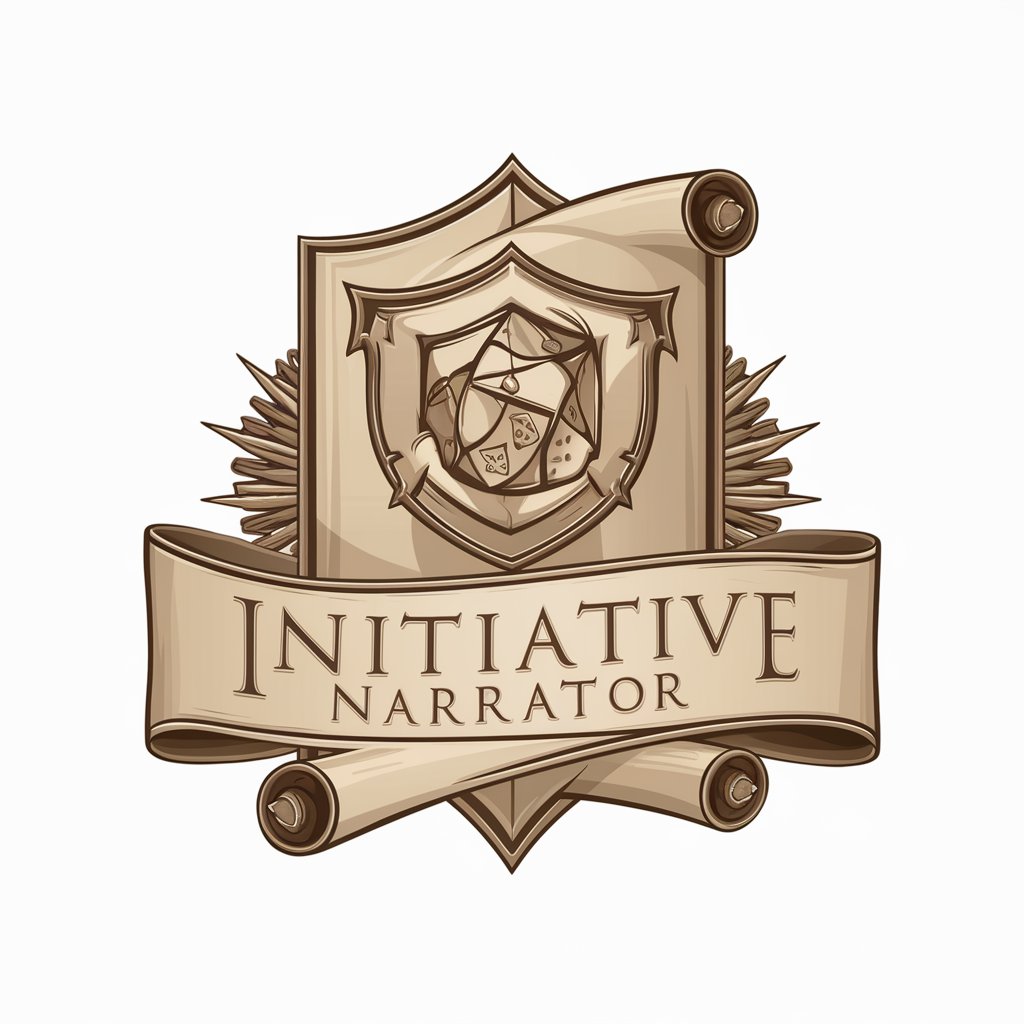
Workplace Diversity and Inclusion Initiatives
Enhance workplace diversity with AI

Track It
Track scores effortlessly with AI
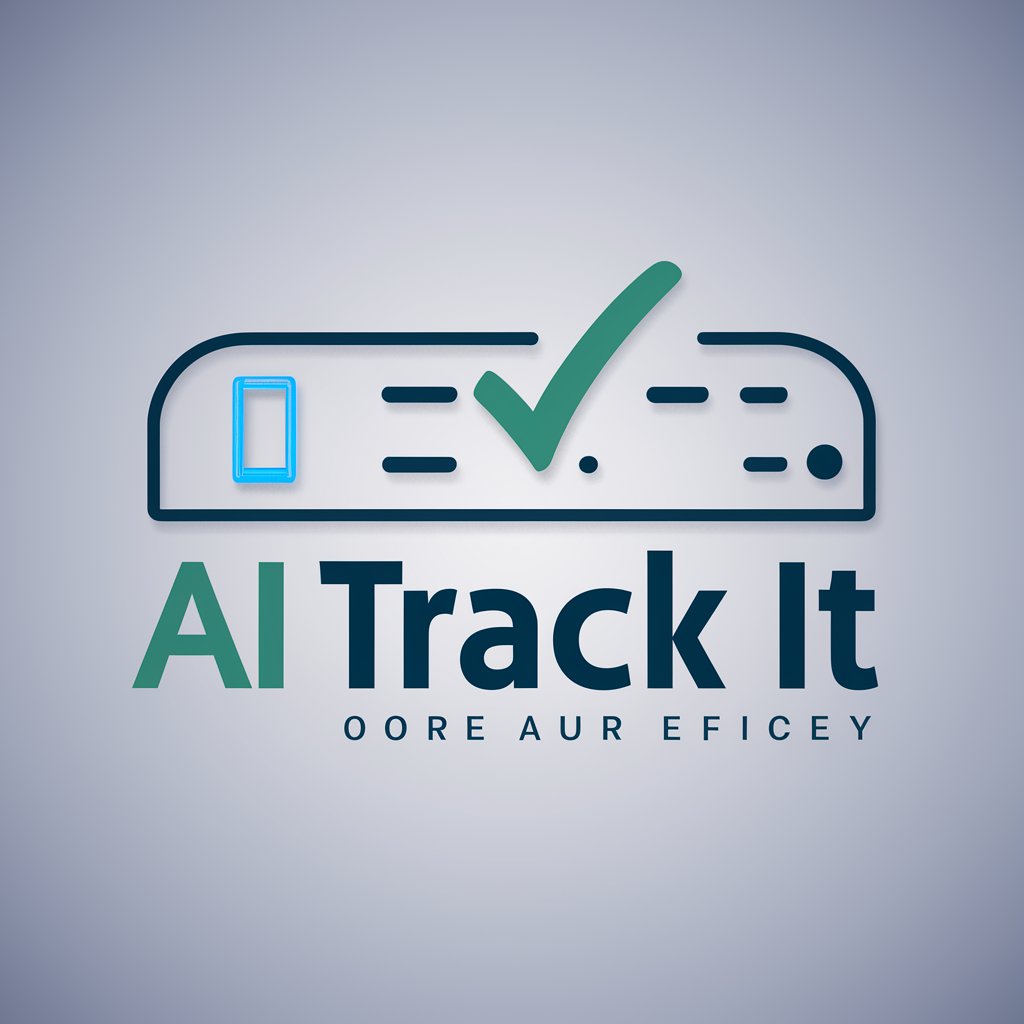
Nutri Track
Harness AI for Smarter Diet Tracking

The Wise Crack
Turn your text into humor with AI!

圖片魔法師【優化+變體】不需 prompt。不學咒語。廢圖變美圖。美圖換風格
Transform images with AI magic.

Quantum Knight: The Bruce Wayne AI Initiative
Harnessing Quantum Power for AI Solutions

AcadeGPT
Empower Learning with AI Insight
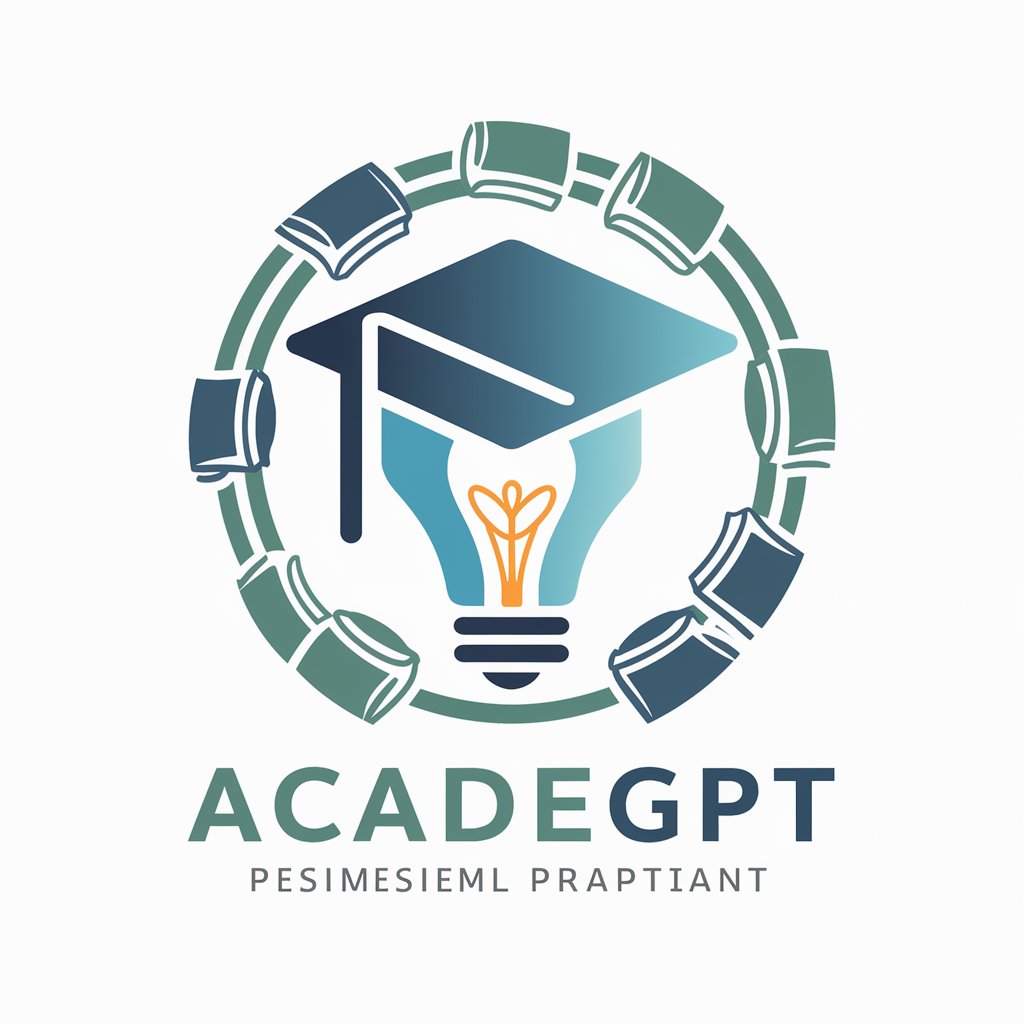
Prometheus Initiative
Experience Mars, Shape Its Future
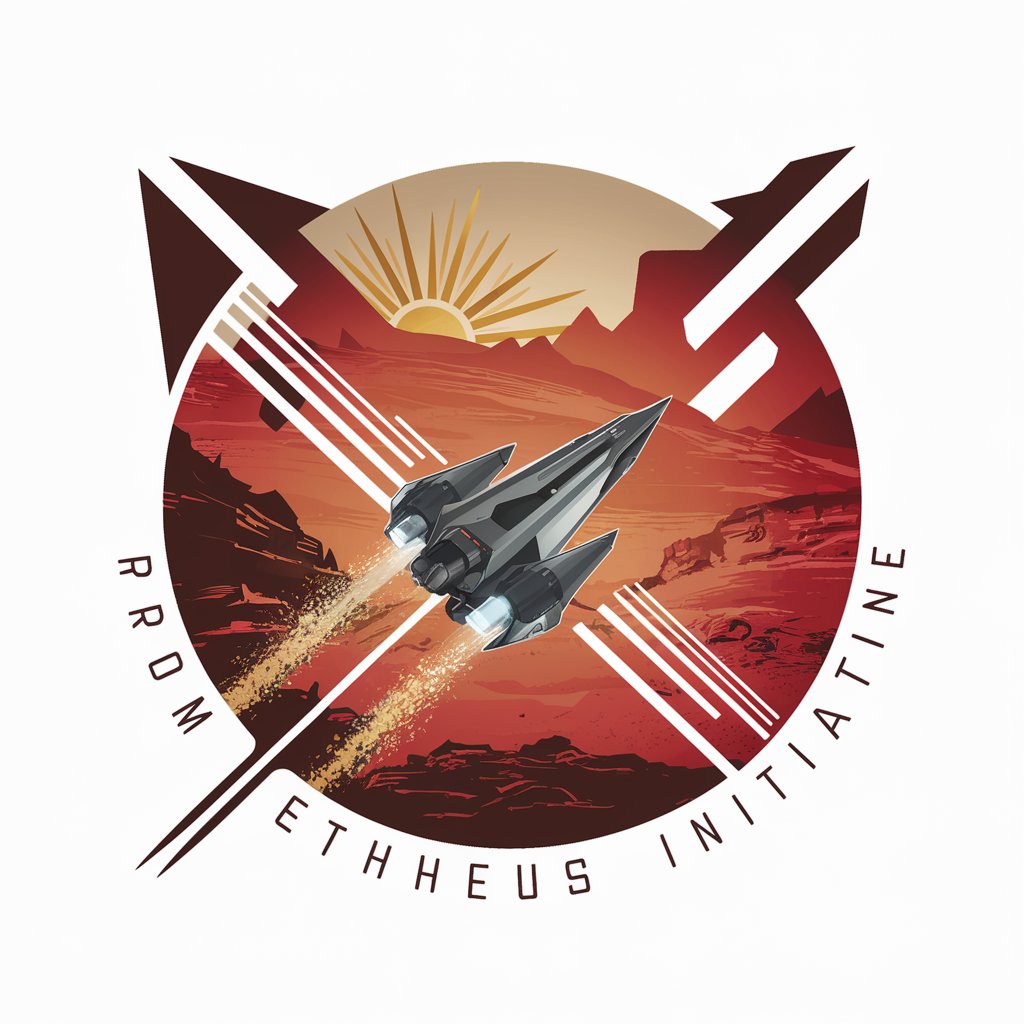
Roll Initiative Combat Tracker
Streamline your game with AI-powered combat tracking.
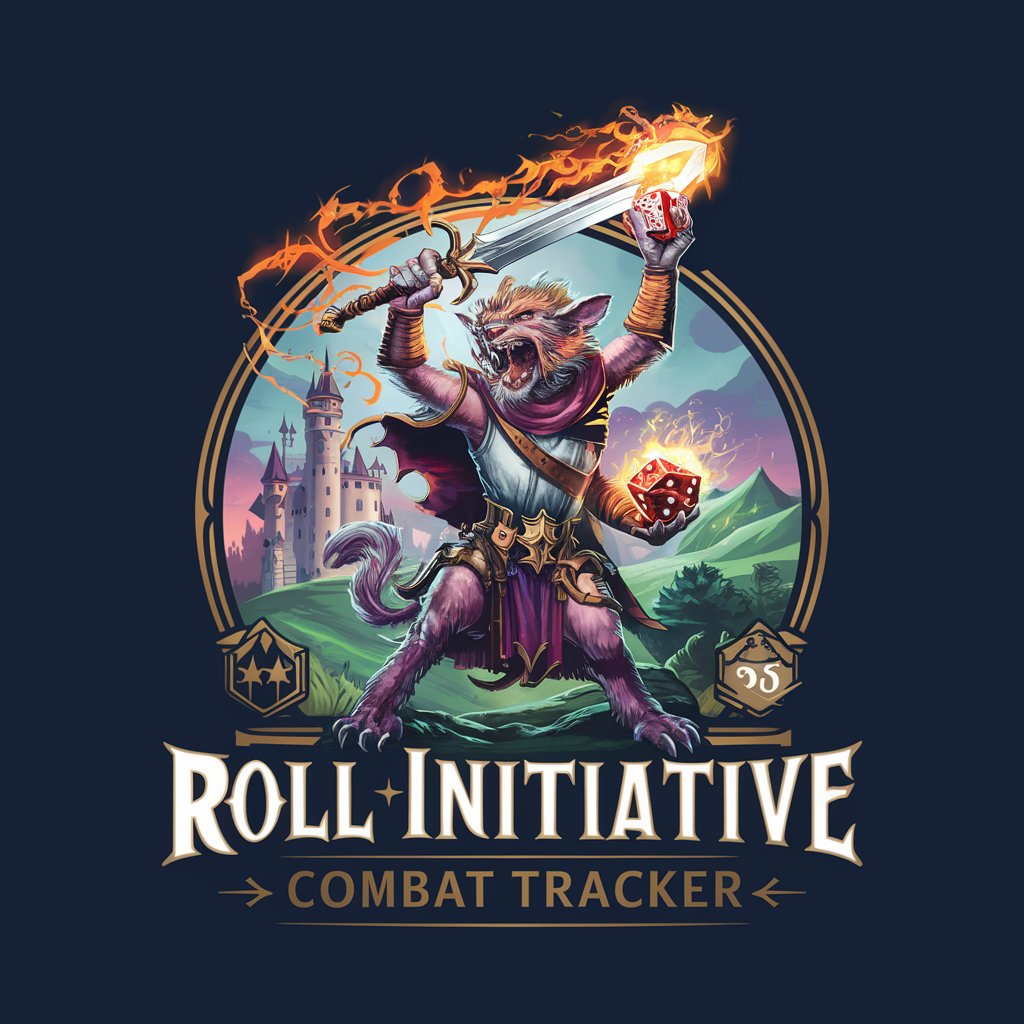
BGPS AI Initiative Roadmap Builder
AI-powered insights for successful transformations

Monarch Initiative
Unlocking the Genetics of Disease with AI
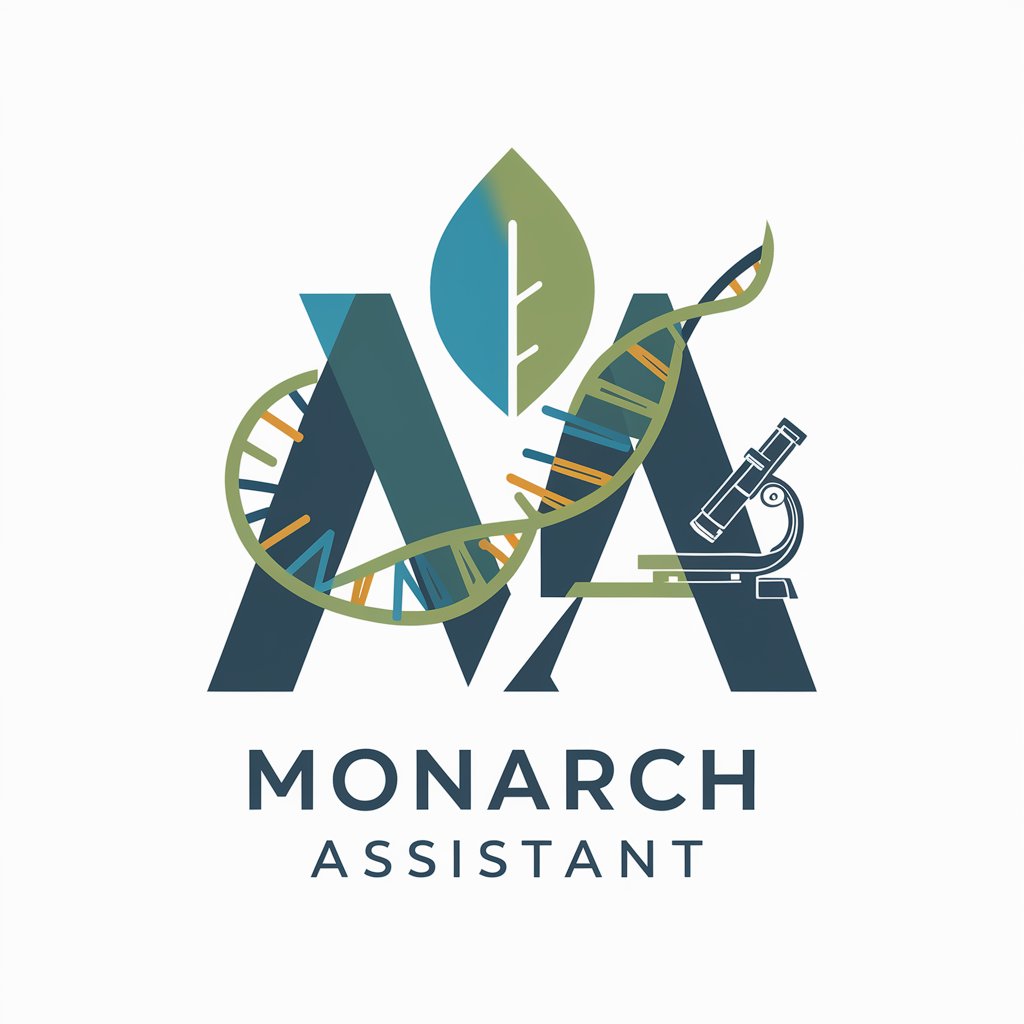
Frequently Asked Questions about Global Reforestation Drone Initiative Expert
What advanced technologies are used in drone reforestation?
The initiative often employs solar-powered drones to extend operational range and duration, improving sustainability. Other technologies include AI for optimal seed pod dispersal and drones equipped with cameras and sensors for detailed ecological assessments.
How do drones select appropriate sites for seed dispersal?
Drones use data-driven methods involving geographic information systems (GIS), environmental sensors, and machine learning algorithms to analyze terrain, vegetation, and soil conditions to identify the most effective sites for seed dispersal.
Can these drones operate in any weather?
The drones are designed to operate in a range of conditions, but extreme weather like heavy rain or high winds can limit operation. Seasonal planning and real-time weather monitoring are crucial for effective deployment.
What steps are taken to ensure ecological compatibility?
The initiative prioritizes the use of native species and conducts extensive pre-deployment ecological impact assessments. Continuous monitoring post-deployment ensures that the reforestation efforts are beneficial to the local ecosystem.
How is community involvement integrated into the projects?
Local communities are engaged in the planning stages for insights on native species and site history. Post-planting, communities are often involved in monitoring and maintenance, ensuring long-term success and ecological integration of the reforestation efforts.

